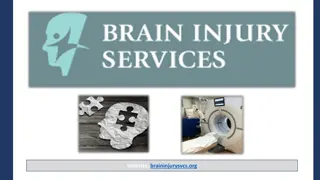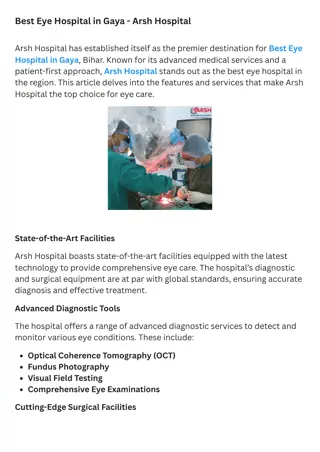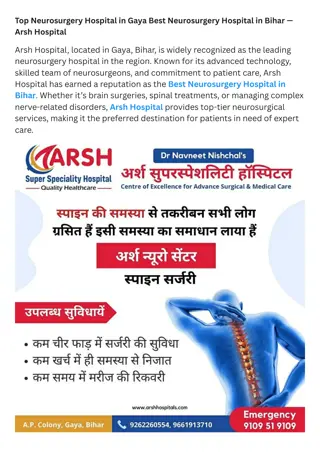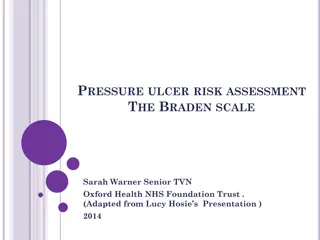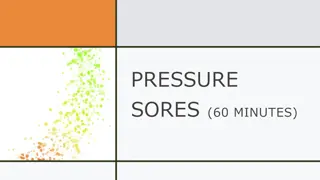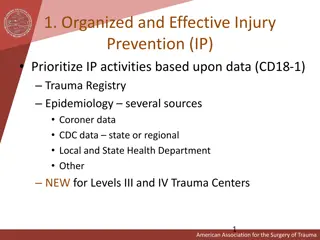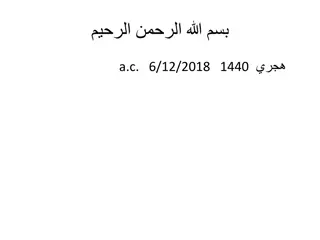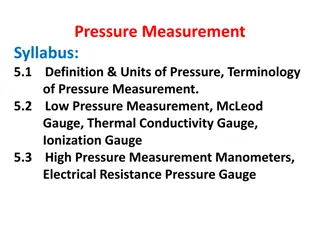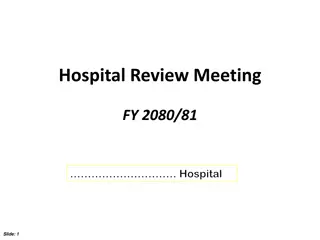Hospital-Acquired Pressure Injury Case Study: Risk Factors, Interventions, and Follow-Up
This hospital-acquired pressure injury case study covers various aspects such as admission history, risk factors, initial skin assessment, documentation, contributing factors, interventions in use, wound care recommendations, follow-up assessment, and hospital course details. It provides insights into the prevention, treatment, and management of pressure injuries acquired during hospital stays.
Download Presentation

Please find below an Image/Link to download the presentation.
The content on the website is provided AS IS for your information and personal use only. It may not be sold, licensed, or shared on other websites without obtaining consent from the author. Download presentation by click this link. If you encounter any issues during the download, it is possible that the publisher has removed the file from their server.
E N D
Presentation Transcript
Hospital Acquired Pressure Injury Case Study Hospital Acquired Pressure Injury Case Study Template Template
Risk Factors Include Admission Braden (with subsets)as well as any other factors that would increase patients risk in obtaining a PI such as being on bedrest, pt. has C-diff., etc. (think why is each subset low) Hospital course prior to PI discovery
Initial RN Skin Assessment/Interventions Include PI prevention/treatment interventions implemented as well as Moisture Control Interventions
Initial Documentation r/t the PI Include date, stage, description and photo
Contributing Factors Include all factors such as refusal to turn? Up to the chair? OR and length of case? Change in patient status, such as intubated/sedated?
Wound Care recs If Simple or Complex wound team was consulted what were their recommendations
Remainder of hospital course Did wound improve, evolve or deteriorate Include discharge date




